In 2024, the backup camera market is poised for transformative growth, driven by regulations and technological advancements. As safety becomes a paramount concern, business buyers must navigate a rapidly evolving landscape where innovation meets necessity. Looking ahead to 2025, understanding these dynamics is crucial for wholesalers, retailers, and purchasing professionals aiming to capitalize on emerging opportunities in the global market.
Table of Contents:
– Unveiling the Global Backup Camera Market Landscape
– Key Dynamics Shaping the Backup Camera Industry
– Key Factors When Selecting a Backup Camera
– Emerging Trends in Backup Camera Technology
– Navigating the Backup Camera Market
– Wrapping Up the Discussion
Unveiling the Global Backup Camera Market Landscape
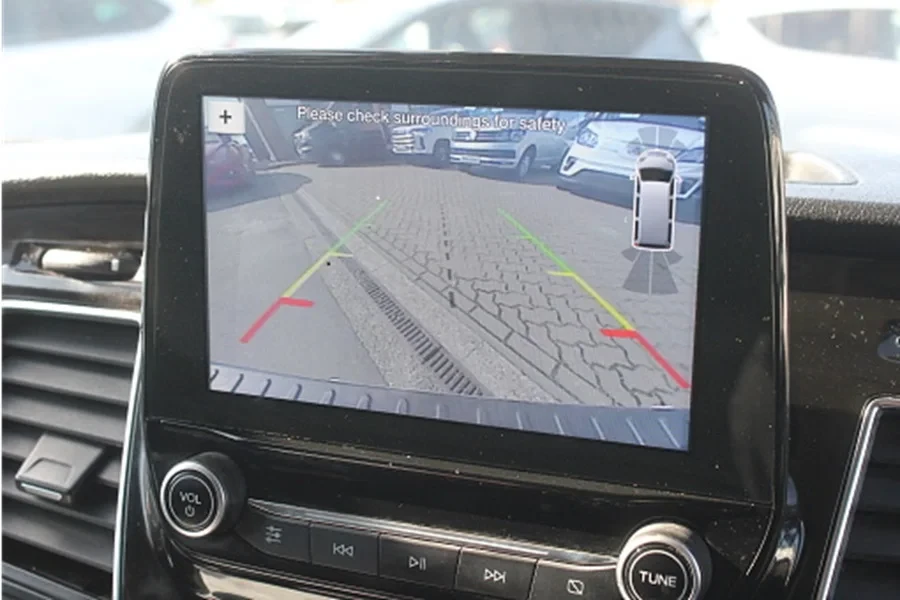
The global automotive backup camera market is experiencing strong growth, fueled by the rising demand for safety features in vehicles. In 2023, the market was valued at USD 639.5 million and is projected to grow at a notable CAGR of 18.1% from 2024 to 2030. The United States and China are leading this market, driven by regulations requiring backup cameras in new vehicles to boost safety. This growth is further supported by the adoption of advanced driver assistance systems (ADAS) and increasing sales of high-end automobiles.
Passenger vehicles hold a major share of the market, reflecting consumer preference for enhanced safety features. The market includes a range of applications, such as commercial vehicles like tow trucks and trailers, which benefit from assistance during parking and reversing. Demand for backup cameras is also driven by innovative technologies like night vision and wide-angle viewing, enhancing the effectiveness and reliability of these systems.
Technological advancements in the backup camera market are notable, with manufacturers investing in high-resolution, wide-angle cameras integrated with other driver assistance systems. The trend towards electric and autonomous vehicles (EVs and AVs) is a key market driver, as these vehicles often feature advanced safety systems. The global automotive industry, especially in emerging markets, is expected to keep expanding, further increasing the demand for backup cameras as essential safety components.
Key Dynamics Shaping the Backup Camera Industry
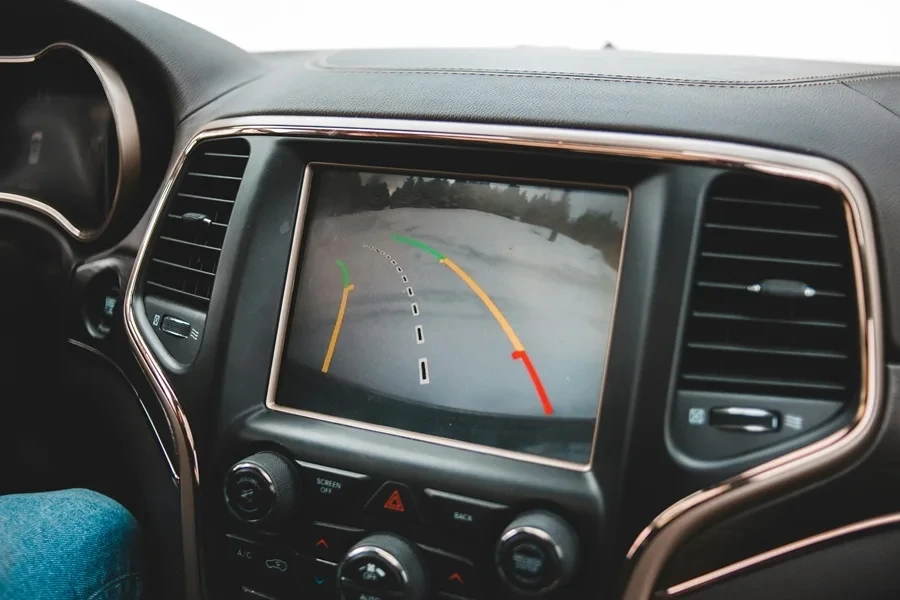
The backup camera industry is influenced by several key factors and market dynamics. The rising number of fatalities during vehicle reversing and the need for improved passenger and pedestrian safety are major growth drivers. Governments worldwide are enforcing regulations that mandate backup cameras in new vehicles, significantly boosting market expansion.
Consumer awareness of vehicle safety is growing, leading to increased demand for advanced safety features in cars. This trend pushes automotive manufacturers to include backup cameras in both luxury and budget vehicles, broadening the market’s scope. Seasonal demand also affects sales, with higher volumes during peak vehicle purchase times, such as summer and holiday seasons.
The preference for distribution channels is shifting, with eCommerce platforms becoming a major venue for backup camera sales. Digitalization and technological innovations have led to sophisticated backup camera systems offering features like wireless connectivity, ADAS integration, and real-time video streaming. These innovations enhance the functionality of backup cameras and provide market players opportunities to differentiate their products and maintain competitiveness.
In summary, the backup camera market is set for significant growth, driven by regulatory mandates, technological advancements, and changing consumer preferences for vehicle safety features. As the automotive industry continues to embrace digitalization and advanced technologies, demand for innovative backup camera systems is expected to increase, offering promising opportunities for manufacturers and stakeholders in the industry.
Key Factors When Selecting a Backup Camera
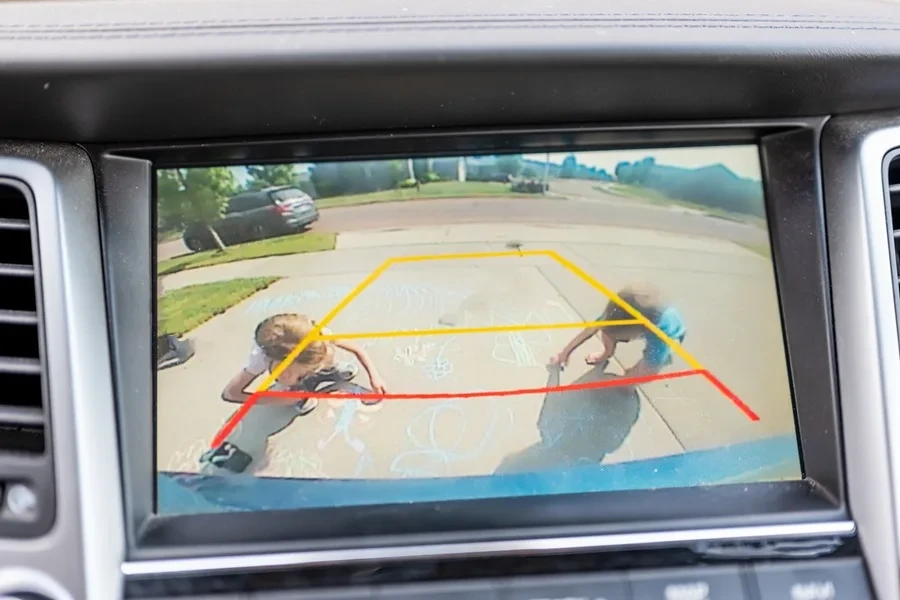
Choosing the right backup camera requires considering several factors, from technical specifications to installation ease and compatibility. Let’s explore these critical factors to help you make an informed decision.
1. Technical Specifications and Performance
The technical specifications of a backup camera directly impact its performance. Start by considering the camera’s resolution. Higher resolutions, like Full HD 1080p or 4K, provide clearer images, which are vital for accurately identifying obstacles. Also, pay attention to the viewing angle; a wide-angle lens, usually between 120 to 170 degrees, offers a broader field of view, reducing blind spots.
Low-light capability is another important performance aspect. Cameras with infrared LEDs or night vision ensure clear visibility in low-light conditions, enhancing nighttime driving safety. Additionally, features such as dynamic range and image processing capabilities help the camera adapt to varying light conditions, like moving from a dark garage into bright daylight.
Weather resistance is essential, especially for externally mounted cameras. Look for cameras with at least an IP67 rating for dust and water resistance, ensuring durability in harsh weather. This rating means the camera is protected against dust and can withstand water immersion, making it suitable for all-weather use.
2. Installation and Compatibility
Installation ease is a key consideration when selecting a backup camera. Some models offer wireless connectivity, eliminating complicated wiring and simplifying installation. However, wireless options might introduce latency, so consider the convenience versus potential performance trade-offs.
Compatibility with existing vehicle systems is also crucial. Ensure the camera works with your vehicle’s display system, or choose models with their own monitors. Many modern cameras are compatible with various aftermarket infotainment systems, which is beneficial if you plan to upgrade your vehicle’s electronics.
Consider the power supply requirements too. Most backup cameras connect to the reverse light circuit to power on automatically when the vehicle is in reverse gear. Ensure the camera’s voltage requirements match your vehicle’s electrical system to avoid installation issues.
3. Design and Aesthetic Considerations
While secondary to performance, the design and aesthetics of a backup camera also affects how well it fits into overall vehicle integration. The camera should be discreet and blend seamlessly with the vehicle’s design. Compact designs are preferable, as they are less likely to be damaged or obstructed.
The mounting style also matters. Surface-mounted cameras are easier to install and adjust, while flush-mounted cameras offer a cleaner look but require more extensive installation. Choose the style that best fits your vehicle’s design and your preferences.
Additionally, consider the material and build quality. High-quality materials ensure durability and maintain the camera’s appearance over time. Cameras with anti-glare and anti-fog lenses provide better visibility and lasting clarity, enhancing safety.
4. Cost and Value
Backup cameras range widely in price, from budget-friendly options to high-end models with advanced features. It’s essential to balance cost with the features that meet your needs. Budget models might lack features like night vision or wide-angle lenses, while premium models offer superior performance and additional functionalities like parking guidelines and object detection.
Evaluate the total cost of ownership, including the purchase price, installation costs, and potential maintenance expenses. Some cameras offer extended warranties or support plans, adding peace of mind and protecting your investment.
Consider the resale value too. A high-quality backup camera can enhance your vehicle’s resale value by improving its safety features, particularly for newer models that integrate seamlessly with modern infotainment systems.
5. Safety Standards and Certifications
Safety standards and certifications matter when selecting a backup camera. Ensure the camera complies with industry standards like FCC, CE, or RoHS, indicating compliance with safety, environmental, and health regulations. These certifications ensure the camera is safe and environmentally friendly.
Look for cameras tested for reliability in extreme conditions, such as high temperatures or humidity, ensuring consistent performance and safety. Some cameras also offer advanced safety features like object detection or collision alerts, beneficial in busy urban environments or tight spaces.
Emerging Trends in Backup Camera Technology
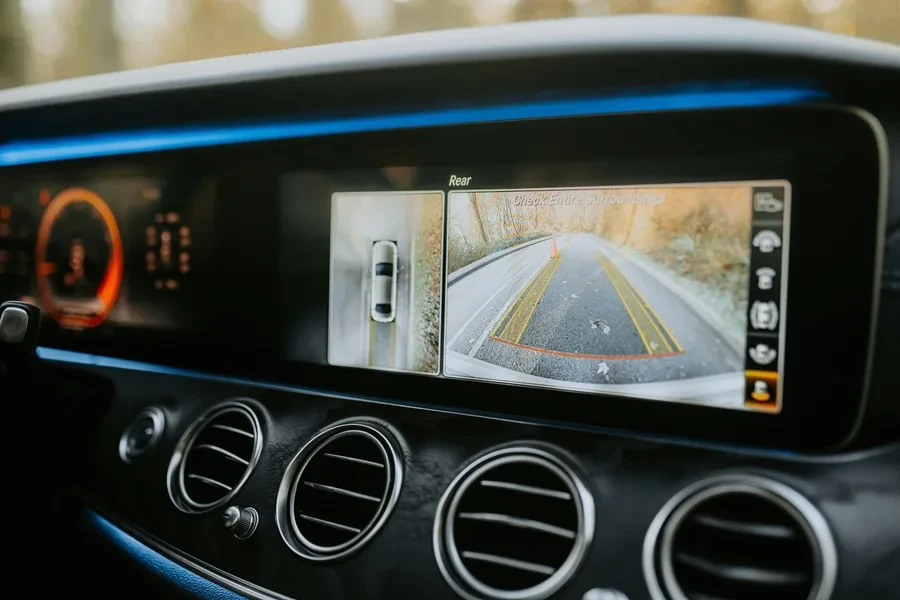
Looking to 2025 and beyond, the backup camera industry is set for several advancements. One emerging trend is the integration of artificial intelligence (AI) to enhance functionality. AI-powered cameras can provide real-time object recognition, differentiating between pedestrians and vehicles for more accurate alerts.
Another trend is incorporating augmented reality (AR) into backup camera displays. AR can overlay parking guidelines, hazard warnings, and real-time information onto the camera feed, offering enhanced situational awareness. This is especially useful in complex parking scenarios, providing a safer driving experience.
Additionally, the convergence of backup cameras with vehicle-to-everything (V2X) communication systems is gaining traction. This allows cameras to communicate with other vehicles and infrastructure, offering real-time traffic data and predictive alerts. Such systems are expected to become more common as autonomous driving technologies evolve.
Navigating the Backup Camera Market
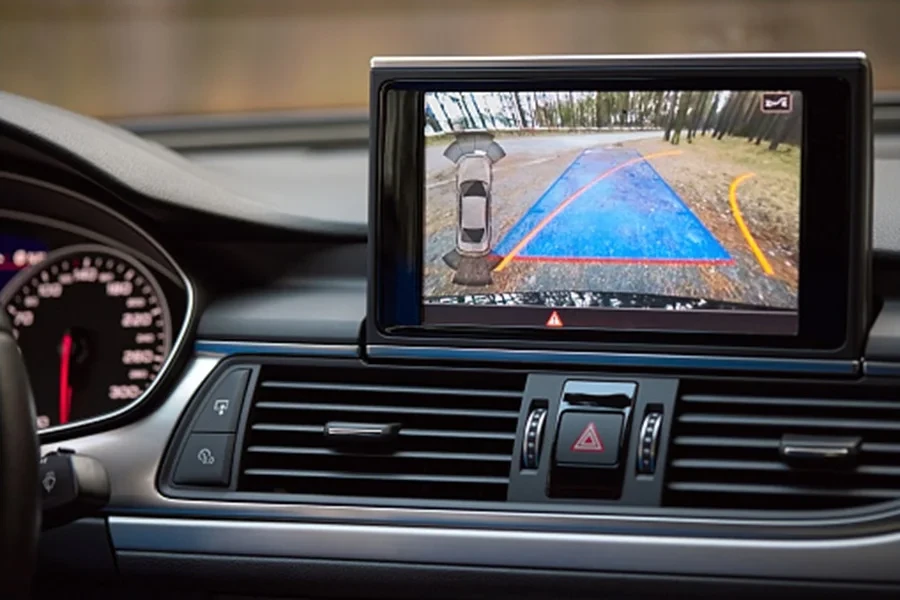
The backup camera market offers a wide range of options, from basic models to advanced systems with cutting-edge technology. When navigating this market, compare features and specifications across different brands and models. Look for reviews and ratings from reputable sources to assess product reliability and customer satisfaction.
Consider the availability of customer support and after-sales service when choosing a backup camera. A brand with robust customer support can assist with installation, troubleshooting, and maintenance, enhancing your experience. Also, review return and refund policies to ensure you have options if the product doesn’t meet your expectations.
Lastly, consider potential future upgrades. As technology evolves, ensure the camera you choose can integrate with new systems or features that may become available. This foresight can extend the camera’s lifespan and maintain its relevance in a rapidly changing market.
Wrapping Up the Discussion
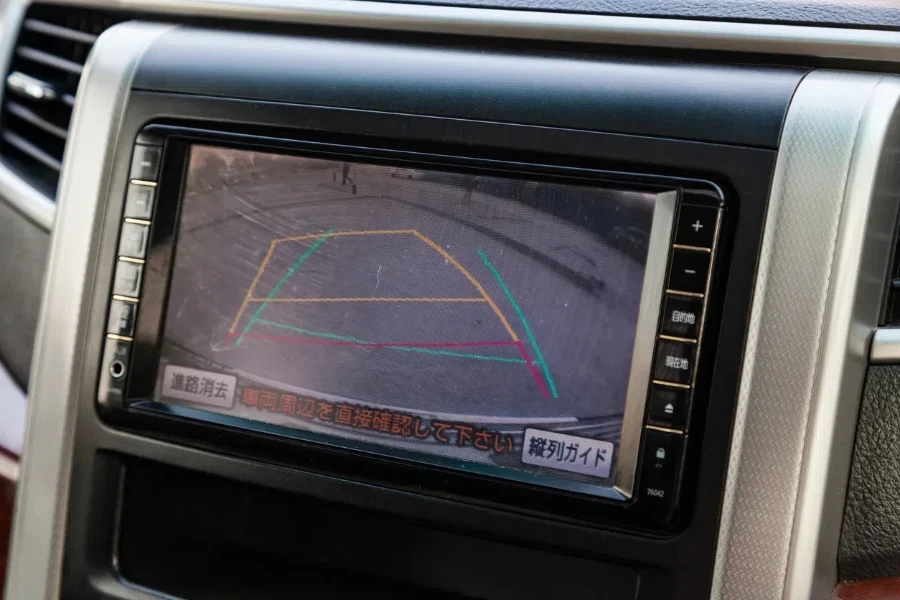
Selecting the right backup camera involves careful consideration of technical specifications, installation ease, design, cost, and emerging trends, ensuring a choice that enhances safety and functionality.




